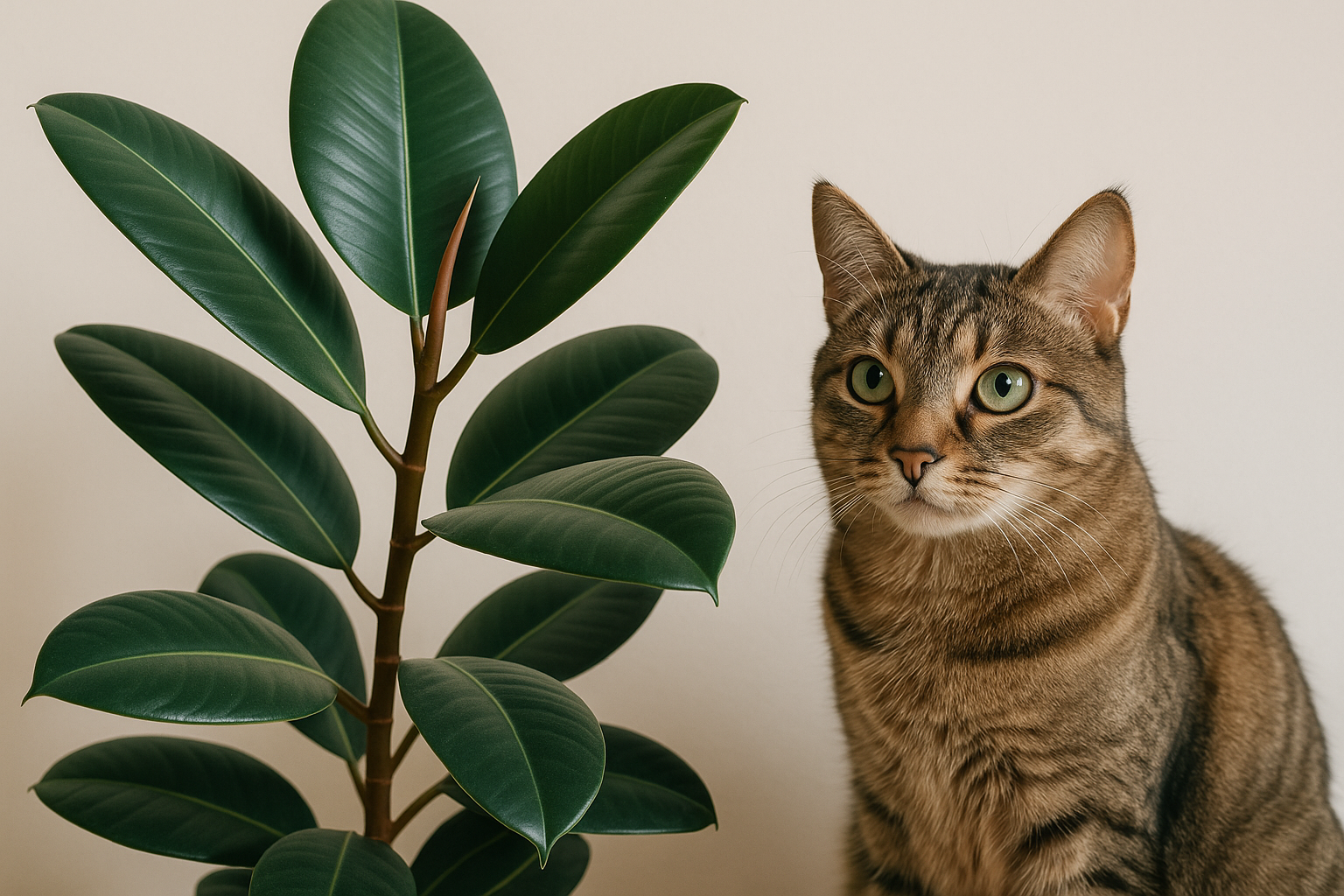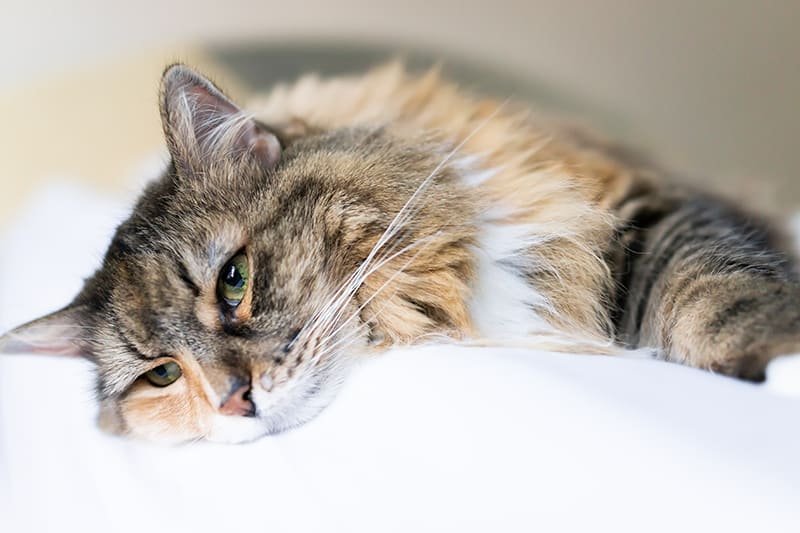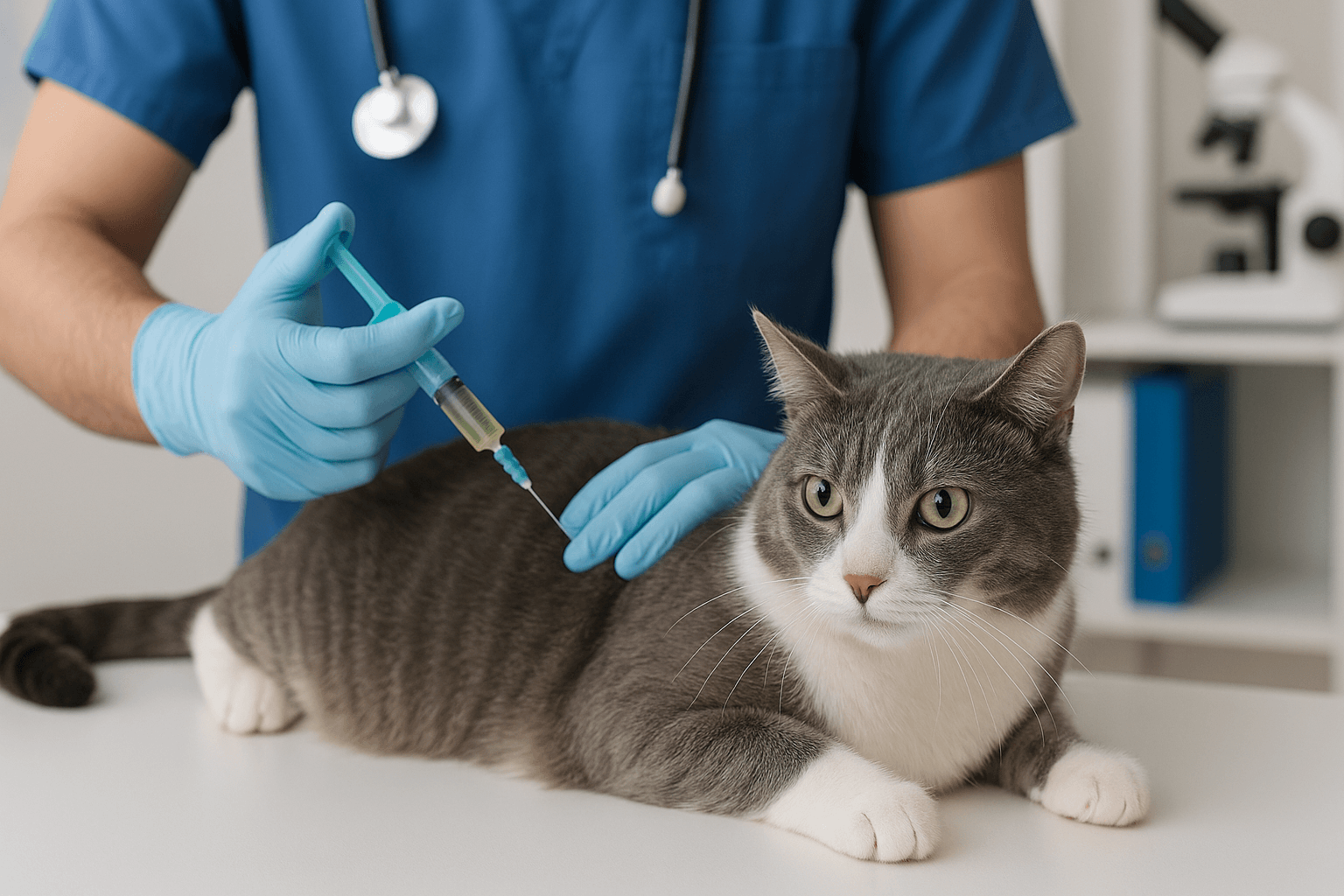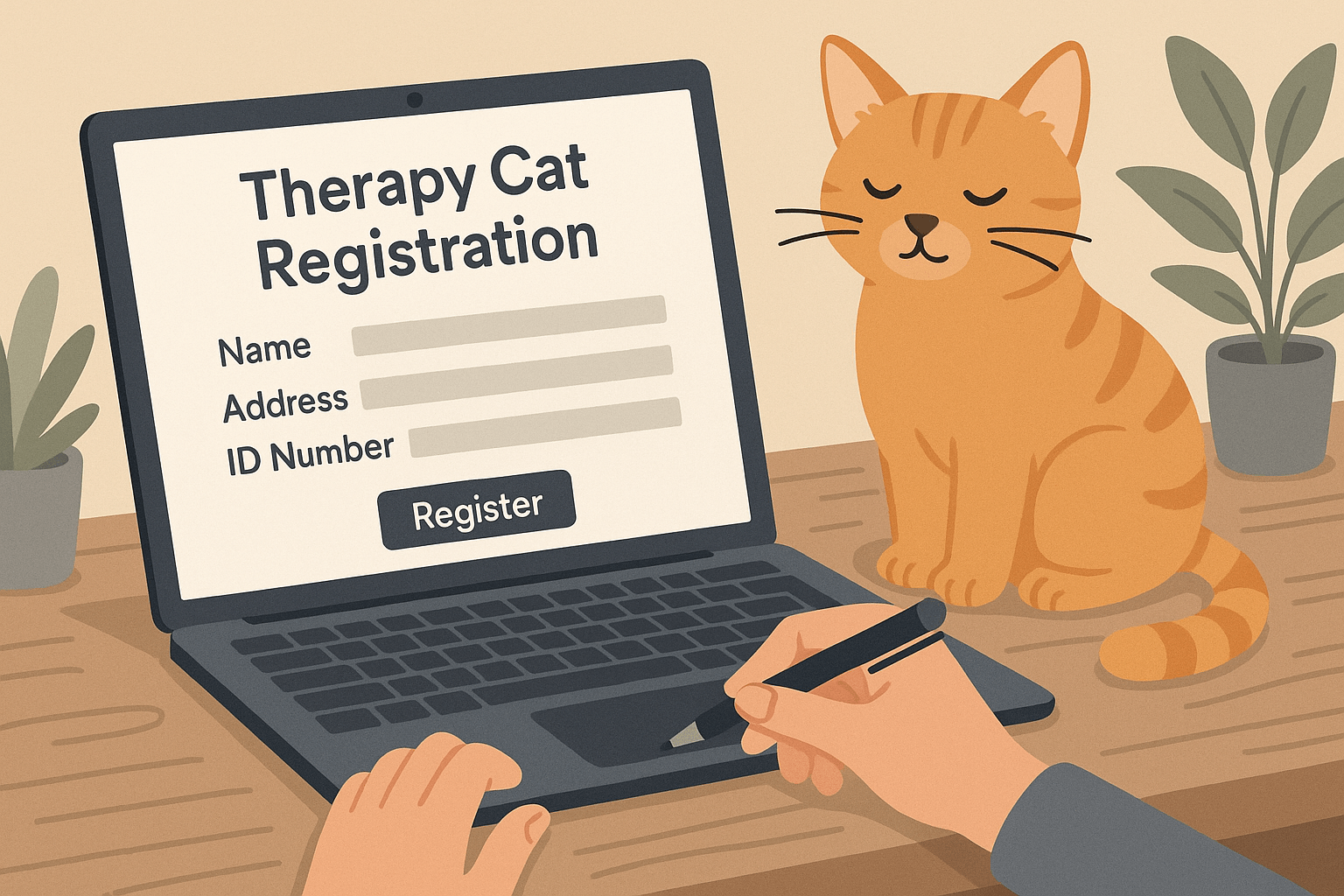Can Cats Eat Caviar?
Cats are naturally curious creatures, and their love for exploring new tastes often leads pet owners to wonder whether luxurious foods like caviar are safe for them. While caviar may seem like an indulgent treat, it’s essential to consider whether it aligns with your cat’s dietary needs and health. As obligate carnivores, cats have specific nutritional requirements that must be met to ensure their well-being. In this blog post, we’ll explore whether caviar is a suitable snack for your feline friend, the potential risks and benefits, and safer alternatives to satisfy their curiosity. Let’s dive into the world of gourmet treats and find out if caviar has a place in your cat’s diet.
Potential Risks of Feeding Caviar to Cats
While caviar might seem like a harmless delicacy, it can pose several risks to your cat’s health. Here are some concerns to keep in mind before offering this food to your pet.
High Salt Content:
Caviar is typically high in sodium, which can lead to dehydration or kidney issues in cats if consumed in excess.Rich in Fat:
The high fat content in caviar may upset your cat’s digestive system, leading to vomiting or diarrhea.Allergic Reactions:
Some cats may have sensitivities or allergies to fish-based products, including caviar, causing skin irritation or respiratory issues.Choking Hazard:
The texture of caviar beads could pose a choking risk, especially for smaller or more excitable cats.Nutritional Imbalance:
While caviar contains protein, it lacks the balanced nutrients cats need, making it an unsuitable meal replacement.
These risks highlight why caviar should be approached with caution when considering it as a treat for your cat.
Benefits of Caviar for Cats (When Given Sparingly)
Despite the risks, caviar does offer some potential benefits for cats when offered in moderation and under supervision. Here’s what you should know about its positive aspects.
Rich in Omega-3 Fatty Acids:
Omega-3s found in caviar can support your cat’s skin, coat, and overall immune health when given in small amounts.High-Quality Protein Source:
Caviar contains protein derived from fish, which aligns with a cat’s natural carnivorous diet.Occasional Treat Option:
For special occasions, a tiny taste of caviar can serve as a unique and exciting treat for your cat.Hydration Boost:
The moisture content in caviar may help contribute to your cat’s daily hydration needs.Mental Stimulation:
Introducing novel foods like caviar can engage your cat’s senses and provide mental enrichment.
While these benefits exist, they must be weighed against the potential risks to determine if caviar is truly suitable for your cat.
Check this guide 👉Can Cats Eat Sunflowers? Best 7 Expert Tips!
Check this guide 👉Can Cats Eat Almond Butter? Best 7 Expert Tips!
Check this guide 👉Can Cats Eat Flour? Best 7 Expert Tips!
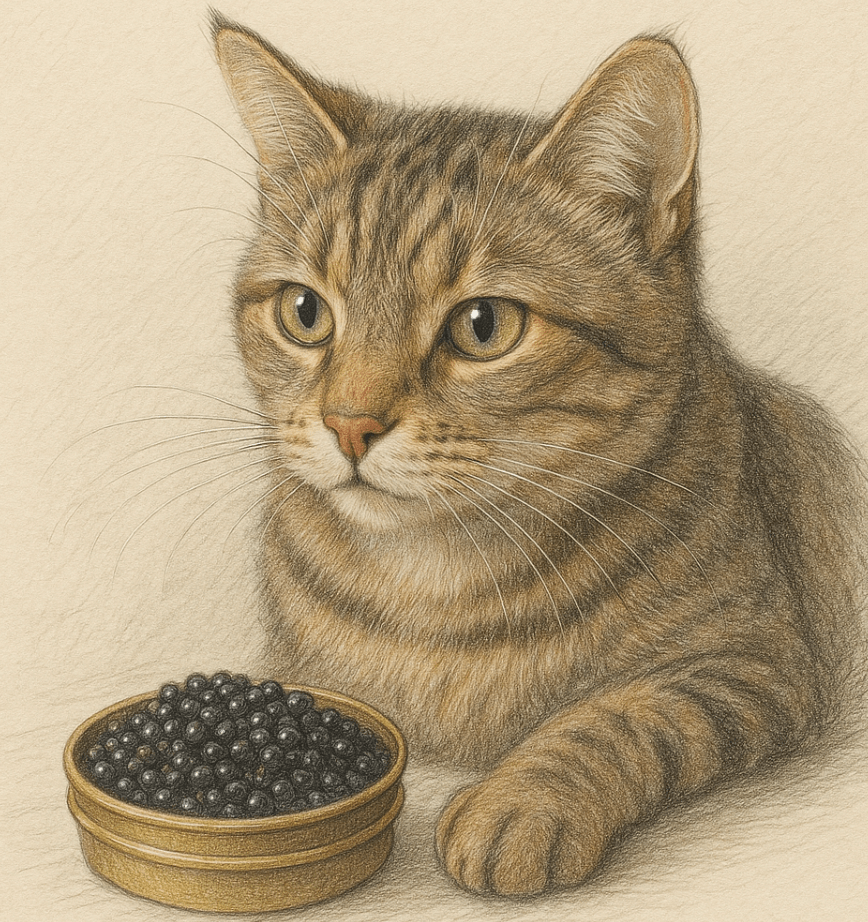
Safe Alternatives to Caviar | Risks of Feeding Caviar to Cats |
|---|---|
Cooked salmon (unsalted) | High salt content |
Tuna packed in water (no additives) | Excessive fat levels |
Boiled chicken (plain) | Potential allergic reactions |
Cat-safe fish oil supplements | Choking hazards |
Commercial cat treats | Nutritional imbalance |
How to Safely Introduce Caviar to Your Cat
If you decide to let your cat try caviar, it’s crucial to do so responsibly. Follow these guidelines to minimize risks and ensure their safety.
Start with a Tiny Amount:
Offer just a small taste—about the size of a pea—to see how your cat reacts.Choose Low-Sodium Varieties:
Opt for caviar with minimal added salt to reduce the risk of adverse effects.Monitor for Allergic Reactions:
Keep an eye on your cat for signs of itching, swelling, or digestive upset after consumption.Avoid Seasonings or Additives:
Ensure the caviar is free from spices, preservatives, or other harmful ingredients.Consult Your Veterinarian:
Always seek professional advice before introducing new foods, especially luxury items like caviar.
By following these steps, you can mitigate risks while allowing your cat to enjoy an occasional indulgence.
Signs Your Cat May Be Struggling After Eating Caviar
Even with precautions, complications can arise if your cat consumes caviar improperly. Watch for these warning signs to act quickly if something goes wrong.
Vomiting or Diarrhea:
These symptoms may indicate digestive distress caused by the rich or salty nature of caviar.Excessive Thirst or Urination:
Increased water intake could signal dehydration due to high sodium levels.Lethargy or Weakness:
A sudden lack of energy might suggest an adverse reaction or toxicity.Skin Irritations or Itching:
Allergic reactions to caviar can manifest as redness, swelling, or excessive scratching.Difficulty Breathing:
Labored breathing could indicate a severe allergic response requiring immediate veterinary care.
Recognizing these signs early allows you to seek veterinary care promptly, preventing further complications.
Common Mistakes to Avoid When Feeding Caviar to Cats
Feeding caviar to your cat requires careful consideration to avoid mistakes that could endanger their health. Here are some pitfalls to watch out for.
Offering Large Portions:
Giving too much caviar at once increases the risk of digestive upset or sodium overload.Choosing Flavored Varieties:
Flavored caviar often contains additives that are unsafe for cats, so stick to plain versions.Ignoring Veterinary Advice:
Skipping a professional opinion can result in unknowingly harming your cat with inappropriate portions.Making It a Regular Treat:
Caviar should never replace regular meals or become a frequent snack due to its unbalanced nutrition.Forgetting to Monitor Reactions:
Failing to observe your cat’s response can delay treatment if an adverse reaction occurs.
Avoiding these mistakes ensures a safer and healthier experience for your cat.
Alternatives That Mimic the Luxury of Caviar
If you’re looking to spoil your cat without the risks associated with caviar, there are plenty of safer alternatives that mimic its appeal.
Cat-Safe Fish Oil Supplements:
These provide omega-3 fatty acids similar to those found in caviar without the added salt or fat.Cooked Salmon (Plain):
Salmon offers a rich, fishy flavor cats love while being easier on their stomachs than caviar.Freeze-Dried Fish Treats:
These treats capture the essence of seafood in a convenient, low-risk form.Homemade Fish Broth:
Strained and unsalted broth made from fish provides flavor and hydration without solid pieces.Commercial Cat Treats with Fish Flavor:
Many brands offer fish-flavored snacks designed specifically for feline enjoyment.
These alternatives allow you to indulge your cat’s curiosity safely.
Understanding Your Cat’s Natural Instincts Around Luxurious Foods
Cats are naturally drawn to novel scents and flavors, which explains their interest in luxurious foods like caviar. Understanding their instincts helps explain their fascination.
Curiosity Drives Exploration:
Cats use their sense of smell and taste to investigate new foods, making exotic items like caviar intriguing.Preference for Protein-Rich Foods:
As obligate carnivores, cats are biologically inclined toward protein-heavy options like fish-based delicacies.Desire for Variety:
Even though cats prefer routine, they occasionally crave novelty to break the monotony of their usual diet.Association with Positive Experiences:
If introduced carefully, luxurious foods can create a sense of excitement and reward for your cat.Territorial Behavior Toward Food:
Cats may guard or become possessive over special treats, viewing them as valuable resources.
By recognizing these behaviors, you can better address your cat’s needs in a safe and controlled manner.
Frequently Asked Questions About Cats and Caviar
Is caviar toxic to cats?
Caviar isn’t inherently toxic, but its high salt and fat content can be harmful if consumed in large quantities.
Can kittens eat caviar?
Kittens should avoid caviar entirely due to their sensitive digestive systems and developing nutritional needs.
What type of caviar is safest for cats?
Low-sodium, plain varieties of caviar are the least risky, but even these should be given sparingly.
How often can I give my cat caviar?
Limit caviar to rare occasions, such as once every few months, to avoid health issues.
What should I do if my cat eats too much caviar?
Contact your veterinarian immediately to assess the situation and prevent potential complications.
Prioritizing Your Cat’s Health Over Gourmet Indulgences
While caviar may seem like a fun way to spoil your cat, their health and well-being should always come first. Understanding the risks and benefits helps you make responsible choices about incorporating luxury foods into their diet. By opting for safer alternatives and consulting your veterinarian, you can ensure your cat stays happy, healthy, and satisfied without compromising their nutritional needs. Remember, there are plenty of ways to treat your feline friend without resorting to extravagant delicacies—sometimes, simplicity is the best gift you can give them.
Is the Rubber Tree Cat Safe? Best 7 Expert Tips! Discover expert advice on keeping rubber plants safely in cat-friendly homes and learn top tips for pet-safe plant care.
Low Red Blood Cell Count in Cats: Best 7 Expert Tips! Discover causes, symptoms, and treatment options for feline anemia. Learn how to support your cat’s health effectively with expert advice.
Understanding Megacolon Treatment: Best 7 Expert Tips! Discover effective strategies to manage feline megacolon, from dietary changes to surgical options, ensuring your cat’s comfort and long-term health.
How to Register a Therapy Cat: Best 7 Expert Tips! Discover essential steps to certify your cat as a therapy animal, prepare them for training, and make a meaningful impact in therapeutic settings.

